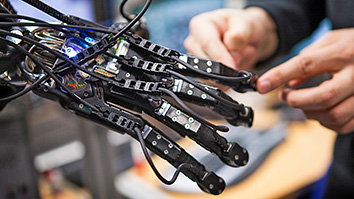Citation
Juang, B. H., & Chen, T. (1998). The past, present, and future of speech processing. IEEE signal processing magazine, 15(3), 24-48.
Introduction
The special series for the 50th anniversary of the Signal Processing Society continues in this issue with an article that covers the domain of Speech Processing Technical Committee. This article provides a succinct review of the history and current status of the field of speech processing research and describes future contributions speech processing will make to society.
Because speech is the most natural form of human communication, speech processing has been one of the most exciting areas of signal processing. In the last several decades, speech research has drawn scientists and engineers together to from an important discipline. It has created many technical impacts on society. Speech-coding algorithms have made voice communication and the storage of voice data effective and efficient. Speech-recognition technology has made it possible for computers nofollow human voice commands and even understand human languages. Speech-synthesis techniques have created many interactive systems that correspond with humans with a natural voice. As computers become faster and more ubiquitous, these and other areas in speech processing are expect to flourish further and bring about an era of true human-computer interaction.
To summarize the exciting developments in this field, the article presents an insightful review and reports the authors’ views in the various areas of speech processing. Topics covered in this article include speech analysis and synthesis, speech coding, speech enhancement, speech recognition, spoken-language understanding, speaker identification and verification, and multimodal communication. In addition, a sidebar reviews the history of secure voice coding.


